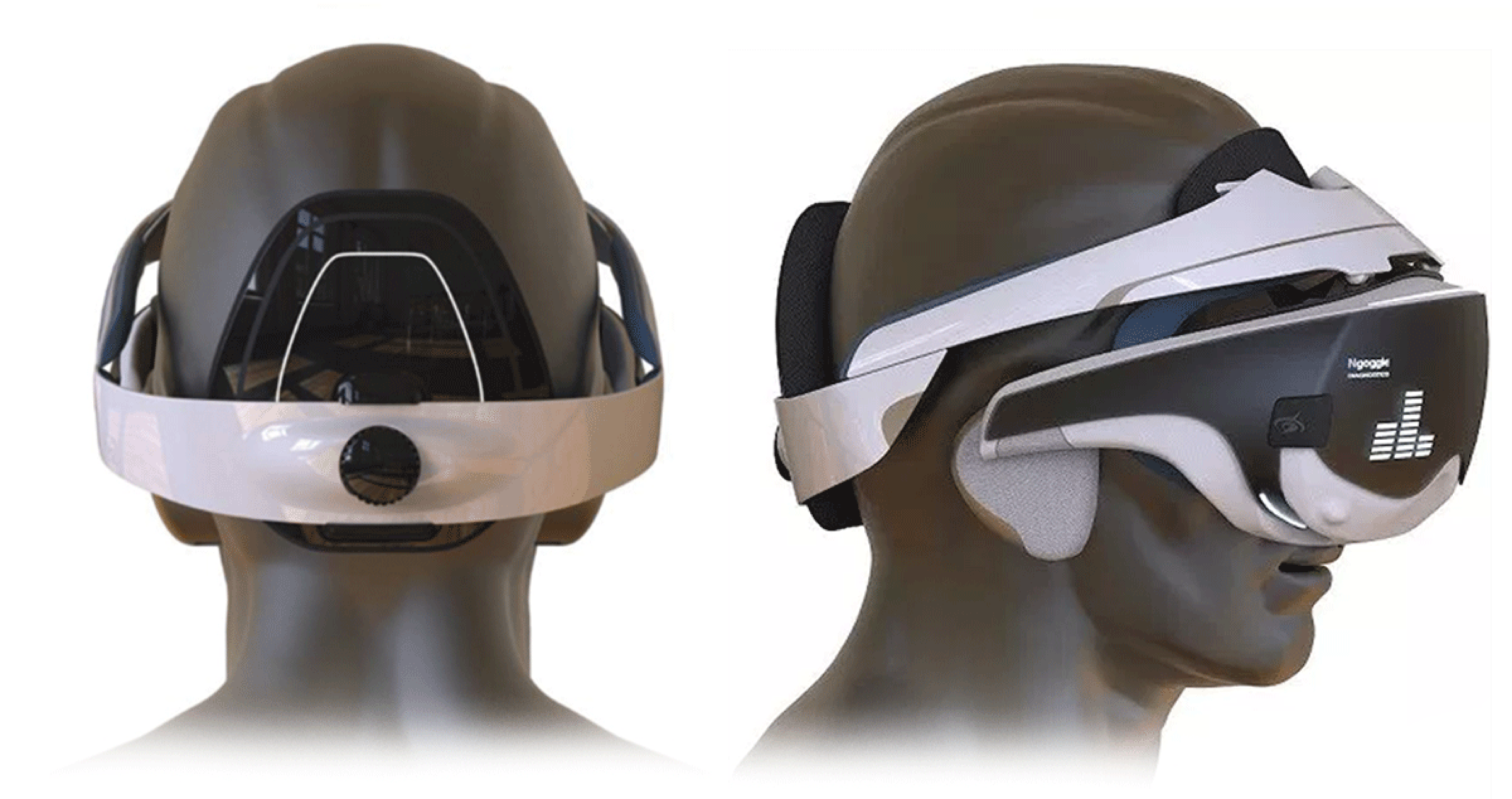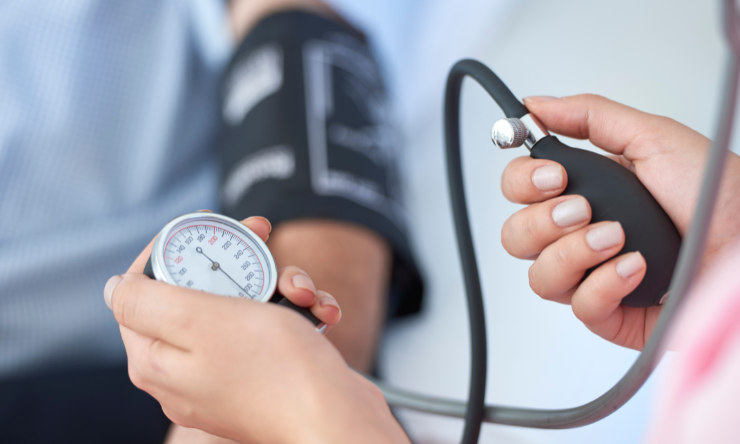Share
US researchers will test the diagnostic capability of NGoggle, a wearable headset developed to detect the presence and progression of glaucoma.

Duke University researchers, funded by the National Eye Institute, will study the effectiveness of the brain-based device alongside the conventional diagnostic method of Standard Automated Perimetry (SAP), which is used to monitor disease progression.
SAP requires patients to click a button when lights are randomly shown in their peripheral vision. However, according to the researchers behind the device, the time it takes SAP to conclusively detect progression of the disease is considered a major drawback.
“There are tremendous difficulties in bringing patients to be tested in-clinic several times a year. In the meantime, the opportunity for treatment to preserve vision diminishes considerably,” said Dr Felipe Medeiros, NGoggle co-founder and a Professor of Ophthalmology at Duke University School of Medicine.
Medeiros’ research team will compare SAP alongside the NGoggle device, which is designed to objectively assess peripheral vision loss without requiring subjective input from the patient. The device gauges brain activity in response to signals received from the eyes, with diminished activity potentially indicating functional loss from glaucoma.
The virtual reality goggles are integrated with a wireless electroencephalography system; a series of electrodes attached to the scalp to measure brain activity. According to the developers of the device, within a few minutes the NGoggle algorithm captures and analyses data to report how each eye communicates with the brain across the patient’s field of vision.
“The possibilities are endless for making it an engaging experience, which would go a long way toward ensuring that people use it and receive the treatment they need,” Medeiros said.
The study is designed to validate the diagnostic accuracy and reproducibility of the device.
The results will be included in an application to the US Food and Drug Administration to bring the device to market.


